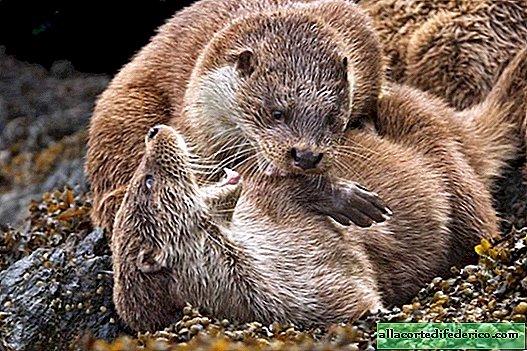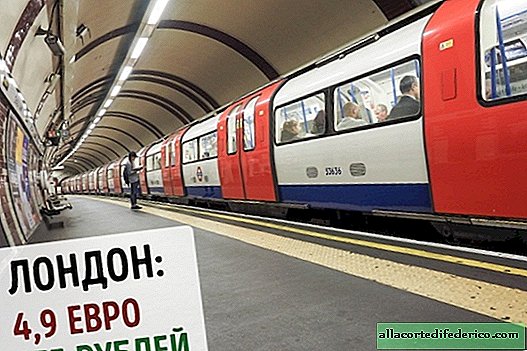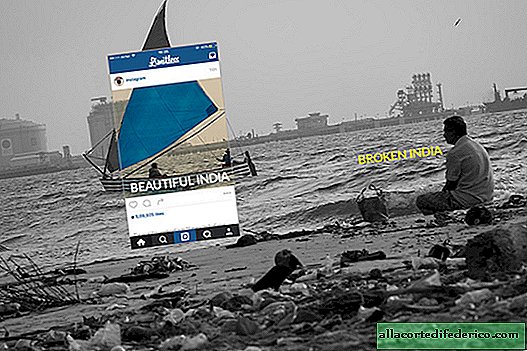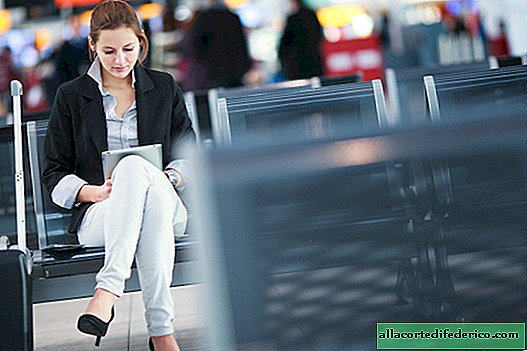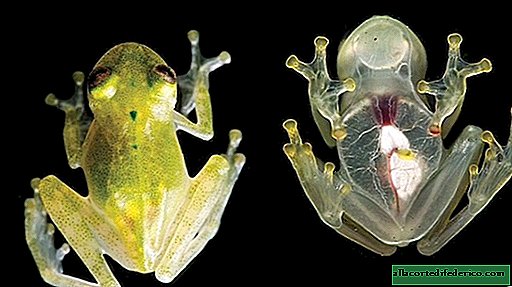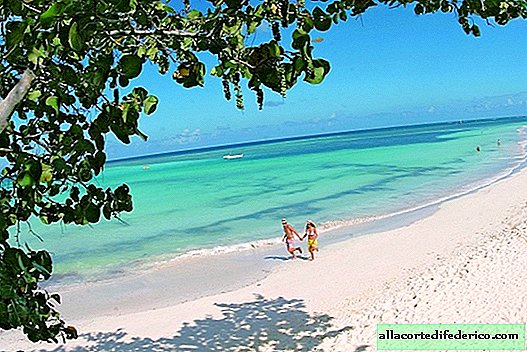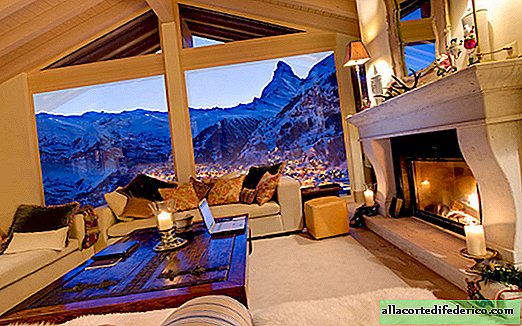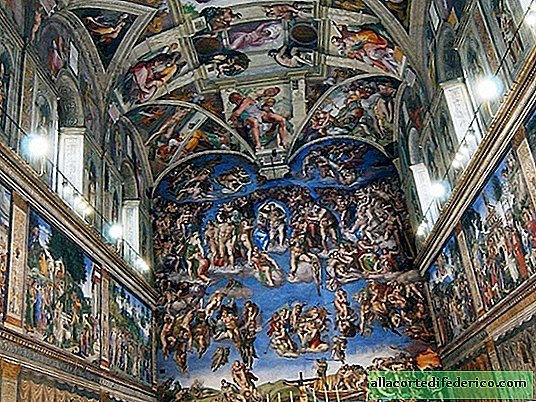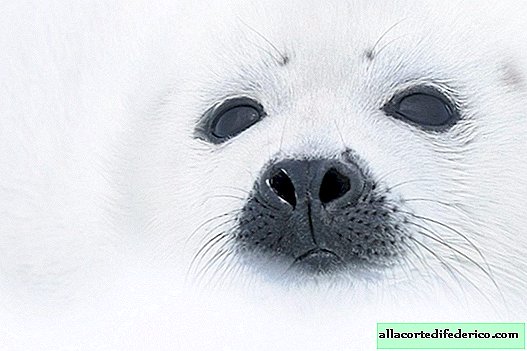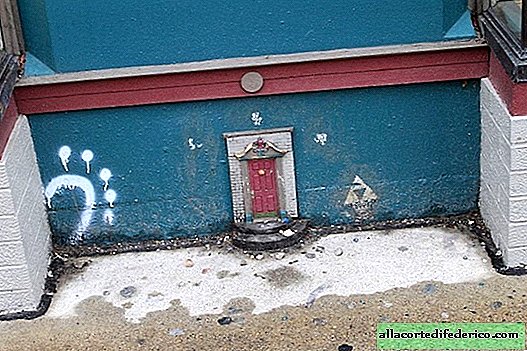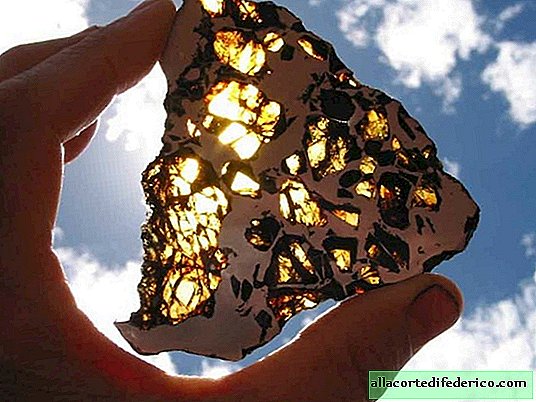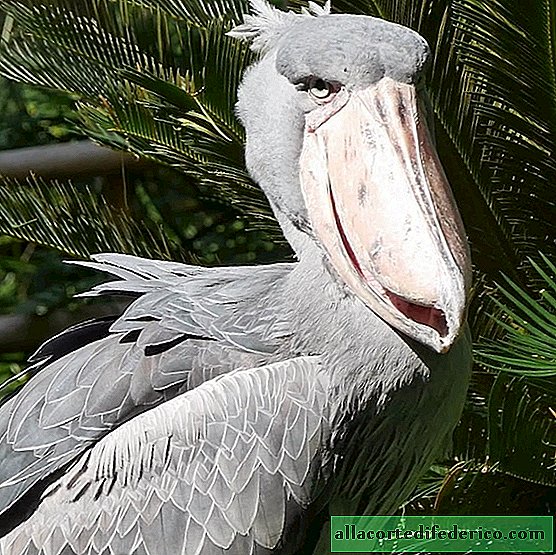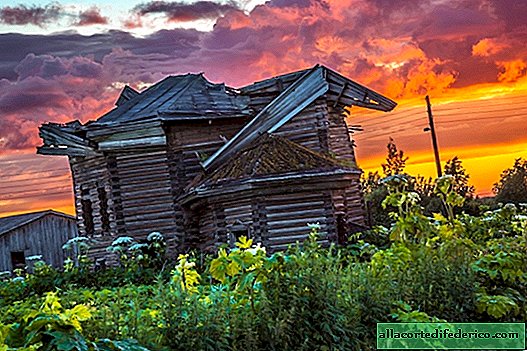Geneva - the capital of the world: fascinating facts about the European headquarters of the UN
Geneva - This is the center of many international organizations and corporations, so acquaintance with the city will be incomplete if you do not visit the famous Palace of Nations - the European headquarters of the UN. The complex of buildings of the Palais des Nations is located in the modern part of the city, in one of the largest parks in Geneva - Ariana Park. It offers marvelous views of Lake Leman.
You can get here by any means of transport. In the summer, it is very nice to walk. The map of Geneva is easy to understand, because the city is not too big.
Today, of the internationally recognized 197 countries of the world, 193 are members of the UN.
The first thing you can notice on the way to the complex is the famous cannon with a barrel tied in a knot, which is a symbol of the UN anti-war policy.

On the square in front of the palace building, where fountains beat up in the summer, an unusual monument is installed in the form of a huge wooden chair with a broken fourth leg. It was assumed that the sculpture would be on this site for three months, before the signing of the international convention on the ban on anti-personnel mines and bomb bombs. But in the end, they decided to leave the monument.

The entrance to the palace building itself is to the left of the square (if you go along the fence). The flags of the member countries of the organization flutter along the alley leading to the entrance and help to feel the “international atmosphere” even before you get inside.

The complex of buildings of the palace was built between 1929 and 1938. The Palace of Nations was used as the headquarters of the League of Nations until 1946. And the headquarters of the European office of the UN became only in 1966.
The Palace of Nations is a neoclassical building. In 1926, an architectural competition was held to select the best project for the future complex. The competitive jury could not choose a clear winner from among the 377 submitted projects. Therefore, the authors of the 5 best works were asked to develop a joint design. The group of architects included Carlo Broggie (Italy), Julian Flegenheimer (Switzerland), Camius Lefebvre and Henri-Paul Neno (France), as well as Jozsef Vago (Hungary). The first stone of the building in the neoclassical style was laid on September 7, 1929.

After the Palace of Nations was transferred to the UN, several buildings were added to the complex. In total, taking into account all new buildings, the length of the complex is 600 meters, it houses 34 conference rooms and 2,800 offices.

Today, of the internationally recognized 197 countries of the world, 193 are members of the UN.
The palace houses the offices of the regional branches of the IAEA, UNESCO, WHO, WIPO, WTO, UNCTAD, OCHA, the United Nations Industrial Development Organization, and the Food and Agriculture Organization of the United Nations (FAO).

About 8000 conferences, congresses, meetings are held annually in the palace. And in the intervals between major events in the open halls of the complex organize excursions for tourists. For the year there are about 100 thousand people. The palace regularly hosts cultural events: concerts, art exhibitions. Museum exhibits as well as private collections are exhibited. It has become a tradition to “give away” United Nations premises. Some states pay for construction or repair on their own, this is considered a gift. It is also accepted to give objects that replenish the organization’s museum - paintings, sculptures, murals.

Hourly excursions are conducted in more than 15 languages. You can walk through the richly decorated conference rooms where legendary agreements were signed and important achievements were made in the areas of human rights, world health and peacekeeping. And sitting in the conference room, you feel like a full member of the UN.
Interesting facts about the UN and the Palais des Nations:
- Despite the fact that since 1966 the UN office has been located in the Palais des Nations in Geneva, Switzerland became a part of the UN only in 2002, becoming 190 state in a row.
- In total, throughout its history, while still not a member of the UN, Switzerland has contributed about half a billion francs to the organization’s budget.
- More than 1,500 Swiss citizens work in UN structures, 70 of them are in high leadership positions.
- One of the most famous Swiss architects of that time, Le Corbusier, failed in the competition for the best design of the palace building, allegedly because he used the wrong ink when creating the final version of the project, which was prescribed by the rules of the competition. However, his project, which was exceptionally successful and largely innovative, became largely a prototype for the later buildings of the complex.
- The first and third floors in the palace allow you to go along the entire length of the complex.
- In summer, a cafe is open on the terrace, which stretches along the top floor of the palace. But ordinary tourists will not be able to get there. But the organization’s employees can easily enjoy the view of Lake Geneva not during a meal.
- The ceiling in the hall of the Human Rights and the Alliance of Civilizations (1.4 thousand square meters) took 100 tons of paint and 18 million euros. The hall hosts meetings of the Human Rights Council.
- Many tourists at the Palais des Nations are attracted not so much by the purpose of the architectural masterpiece and the luxurious interior, but by the opportunity to watch peacocks running around the building! This landmark of Geneva, located in the territory of Ariana Park, is adjacent to centuries-old trees on which peacocks spend the night. In the afternoon, they fearlessly walk around the palace complex. The peacocks were not fenced due to the request of the former owner of the land, Raviota de Riva. In his will, he wished that birds could run freely on their sites.
- The sculpture "Armillary sphere" (heavenly sphere) located in the park part of the palace is a gift from the Woodrow Wilson Foundation. The sculpture is equipped with a motor, which, unfortunately, does not work. Initially, the sphere slowly rotated around an axis directed at the North Star.



You can find more information about the conditions of the promotion on the company website.
Or just send your request to e-mail: [email protected].

